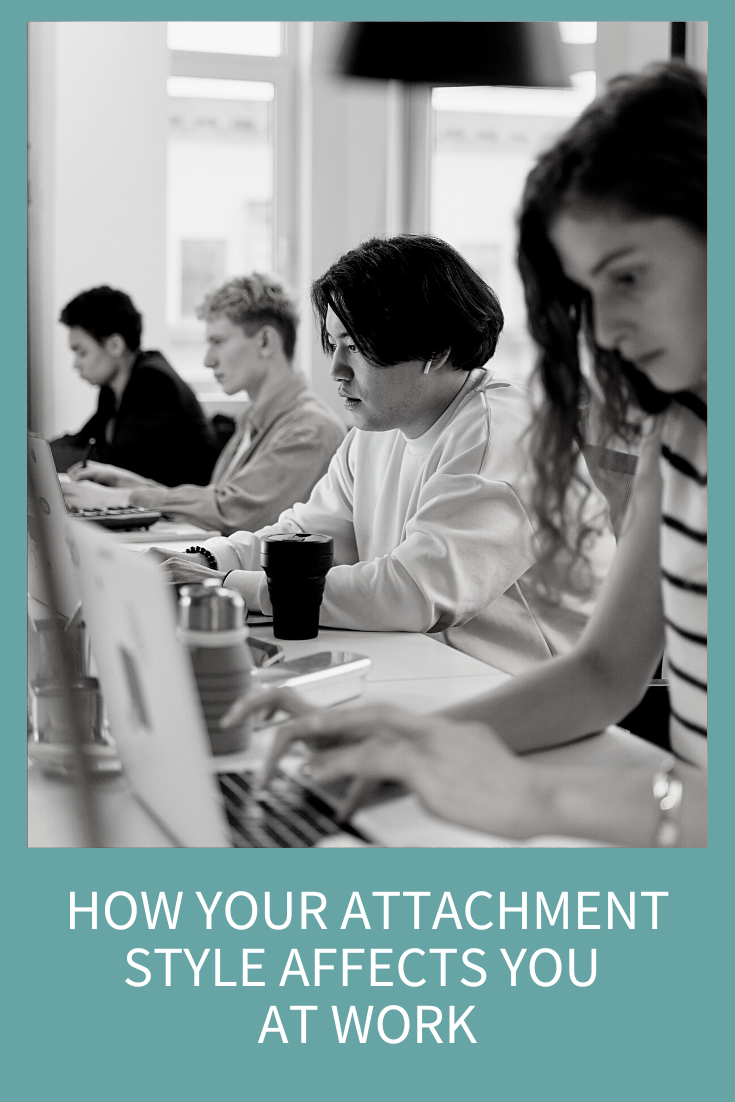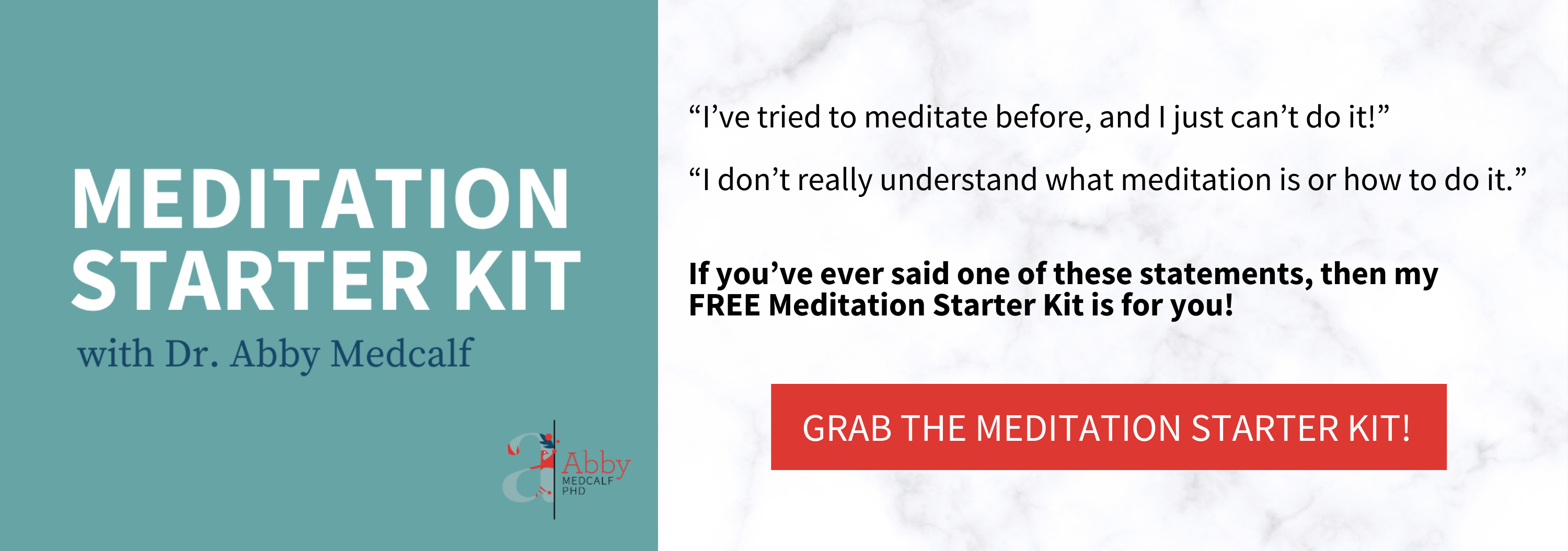
Last week I taught you how your attachment style affects your personal relationships. Today, we’re applying all those same principles to show how your attachment style affects your work life. After all, your work environment is all about relationships too! Today you’ll learn not only the things you need to watch out for given your particular style, but also the strengths you bring (yes, we’ve all got them) and my top tips for managing your particular attachment style at work so you can be happier and more productive.
10-minute read
Attachment Styles at Work
In 1990, researchers Cindy Hazan and Phillip Shaver were one of the first teams to apply attachment theory to how we act and manage relationships in the workplace. Since about 2015, the research has really taken off (with more studies published in the last eight years than in the previous 25 years combined!). Not so shockingly, the research has consistently shown that how you attach in your personal relationships directly relates to how you attach in your work relationships.
I went deep into how your attachment style affects your personal relationships last week, so don’t want to repeat all that here, so I’ll just quickly remind you:
- Attachment is the emotional bond you develop with another person, and it reflects the trust and security you feel in that relationship.
- There are two main categories of attachment styles: Secure and insecure.
- The insecure category is then subdivided into a few different styles. Today, I’ll be reviewing Anxious and Avoidant Insecure Attachment styles.
I also want to say that, although people tend to predominantly be one attachment style, it can vary depending on a particular person or situation. For example, maybe you’re taking on your first project at work in a managerial role, so you might exhibit a more anxious attachment style, or maybe you’ve got a boss that reminds you of your mom, so find yourself more avoidant (yes, you worked through a lot of that in therapy, but it just creeps back in every now and then).
Secure Attachment Style
Kids who developed this way basically saw their primary caregiver as a safe base of operations. From that safety zone they could explore their world, feeling confident and (you guessed it) secure. They end up trusting others and feel comfortable relying on the people they’re close to.
Secure Attachment Style at Work
As you might imagine, having a secure attachment style benefits all your relationships, and work is no exception. The research shows you’re more likely to do your work well and fully complete the tasks assigned to you, create strong bonds with fellow employees, and have more trust and faith in those you work with and for. Your coworkers or subordinates see you as a valuable member of the team or organization and someone they can trust. People with a secure attachment style have higher job satisfaction overall and have less issues with their physical and mental health.
If you’ve got a secure attachment style, you show good boundaries at work and are comfortable saying “no” as needed. You’re not worried about failure or competing with your coworkers. You’re confident and manage your time well (mostly because of those healthy boundaries). You might even be that person who has a good work/life balance!
Why You Want a Securely Attached Person on Your Team
Because they’re great! They’re easy-going, competent, and help boost morale.
Insecure Attachment Styles
While there’s only one secure attachment style, depending on what research or theory of attachment styles you’re looking at, there are a variety of insecure attachment styles. In my previous post, I mentioned the three most commonly referred to styles: Anxious, avoidant, and disorganized. Today, I’m simplifying and leaving out disorganized.
The Anxious Attachment Style
The anxious (also known as anxious-ambivalent or anxious-preoccupied) attachment type tends to worry extensively about their relationships. People with this style tend to be insecure about themselves, have low self-esteem, and have the need to be in relationships and rely on others. These folks are often clingy and needy, they analyze and overthink the meaning behind what others say and do, and they’re usually anxious and stressed about how they’re perceived.
Anxious Attachment Style at Work
If you’re anxiously attached, then you’re likely bringing your worry, insecurity, and self-doubt to your work. This means you might seek out constant or consistent reassurance or approval from your boss or coworkers. You might be spending a lot of your time people pleasing because you’re trying to get everyone to like you.
This often results in poor boundaries and poor time management as you take on too much and fear saying “no” to anything. You’re likely consumed with fear often regarding getting fired (even though you just had an amazing performance evaluation) or not being able to move up the ladder as others outshine you.
You likely don’t speak your mind because you don’t want to rock the boat and end up “going along” and then being angry, resentful, or frustrated later when you’ve said yes to too much work or when the project goes left and you saw it coming (but didn’t say anything).
Your anxious style at work has likely worn out your boss or colleagues who find you demanding. You also might wear out others because you commit to too much and then don’t get your work done on time, or it’s not done well, so others are waiting for you or have to complete tasks you didn’t get to. They might feel overwhelmed by your need for processing and reassurance, so they might distance themselves. Anxiously attached workers can also exhibit an over-reliance on their supervisor and need more management (which, again, wears people out).
Often anxious employees find their jobs very stressful and have lower job satisfaction. They have a higher risk of burnout and can have behavioral issues at work as they “rub people the wrong way” and then try to get back in their good graces.
Why You Want an Anxiously Attached Person on Your Team
Believe it or not, there are pros to having an anxiously attached coworker. First and foremost, because anxiously attached folks are highly sensitive to their environment, they’ll be the first to notice problems. A perfect job for this person might be in risk-assessment or quality assurance; they’re the first to notice a disturbance in the force!
Second, although their anxiety can result in some anxious behaviors that drive others nuts, they also want to be that person who goes along. So, they can be someone on your team who never gives anyone trouble, thereby not causing tension or friction with coworkers.
Lastly, they also tend to be good with feedback (once they stop saying they’re sorry). Their people-pleasing means they’re often being self-reflective and thinking of how they affect others. They tend to be very open to self-improvement and bettering their skills.
How to Be Happier at Work and Improve Your Performance if You’re Anxiously Attached
- Start each morning with meditation.
- It’s all about learning to set healthy boundaries! This includes:
- Don’t check emails or notifications all the time. Schedule specific times throughout the day to deal with them.
- Learn how to say “no” and stick to it.
- Set up a clear beginning and end to the workday.
- Create a schedule and stick to it. This will help you not get pulled away by a perceived emergency (e.g., a customer or coworker’s complaint). Every evening, set up your schedule and priorities for the next day. Be as realistic as possible with how long things take and then lay out an hour-by-hour schedule for what you’re going to do.
- Speak to coworkers/supervisors when you perceive that something is off. Don’t just stay in your head about it; speak directly to someone if you think there’s tension or a misunderstanding.
- Choose the type of work you do carefully. Be in an environment where it works to be more clear with your boundaries, beginning and end to your day, how projects are managed, etc.
- Overall, remember that there are people out there who don’t like The Beatles. It’s impossible for everyone to love you and that’s OK.
The Avoidant Attachment Style
The avoidant (also known as the dismissive-avoidant or anxious-avoidant) is independent, confident, and self-sufficient (or at least that’s how they appear to be). People with this attachment style don’t want to rely on others: they want to be in control. If this is your style, you can be distant and aloof in relationships, and you’re unlikely to open up to others, especially when it comes to expressing your private thoughts or emotions.
Avoidant Attachment Style at Work
If you’re an avoidant type, you’re not looking for a work family. You might be friendly with coworkers but feel no need to turn those relationships into friendships inside or outside of work. You prefer to be independent and work on your own, so when working from home became a thing, you couldn’t have been happier! In fact, you might have already found a way to work from home or to be on the road all the time, so you aren’t stuck in an office situation.
If you’re avoidant, your main issue at work is likely that you don’t respect or have some negative thought processes when it comes to your boss or coworkers (or even the type of work done at your organization). Overall, you’re distrusting of other people’s judgment and approach, so might even think that things/people at work are beneath you. All of this can lead to you being a problem for your supervisor. You might decide that you know better and push the boundaries to make things work for you (since these other people really don’t know what they’re doing). You might not go along with group norms, so your coworkers might complain to your boss that it seems like you’re exempt or getting special treatment.
You might be more negative than most at work and don’t ask for help or support from others, even when you need it.
Why You Want an Avoidantly Attached Person on Your Team
In the right environment or on the right project, having someone who can work so independently and who is a self-starter can be a huge advantage. Because avoidants aren’t worried about people pleasing, they can be very quick to act and efficient when it comes to dealing with problems at work. If there’s a deadline, this is the person who will make sure the job is done, draw boundaries, focus, and be clear with others in what they should be doing.
How to Be Happier at Work and Improve Your Performance if You’re Avoidantly Attached
- Stop fighting with what your supervisor wants. You’re not the smartest person in the room and it’s time to get over yourself (I say with love).
- Don’t automatically dismiss input from your boss or coworkers.
- Work on being more mindful so you can notice when you’re being dismissive or too focused on what you want to get done versus doing what’s been tasked to you.
- You need to work on trusting others. It’s OK to be vulnerable, and trusting others will help you, not hurt you.
- If you’re on the fearful avoidant end of the avoidantly attached spectrum, you might be procrastinating at a very high level. If this is you, you need to tackle things head-on consistently. Schedule the scariest things as the very first thing you do every day (what’s also known as “eat the frog”).
Resources for How Your Attachment Style Affects You at Work
How Your Attachment Style Affects Your Personal Relationships
How Attached Are You to Your Partner?
How to Say “No” and Stick to It
Building Trust in Your Relationship
Productivity Hacks – Schedule Your Way to Success
The Best Way to Start Your Day








